Comparisons 16 min read
Top 5 used electric cars under £10,000
Best used electric cars
The public mood is changing rapidly in respect of EVs and some potential buyers feel that they should get on-board sooner, rather than later. For those who don’t want to spend a fortune, Iain Robertson rounds up five of the best for under £10,000 and warns you what to look for
Jump to:
Nissan LEAF Renault ZOE smart ForTwo Mitsubishi i-MIEV Citroen C-Zero and Peugeot iOn VerdictSticking to a realistic £10,000 budget for a first EV might be considered sensible but be aware that early market contenders were thin on the ground. Not only that, you may be buying into someone else’s battery contract, or worse, an ill-maintained EV. While the usual rules related to acquiring a second- or more-hand vehicle should be uppermost in your mind, you should avoid jumping onto the first EV that fits your bill.
Bear in mind that a sub £10,000 budget limits your options, not least in terms of battery range and performance expectations. The majority of early contenders were powered by Nickel Metal Hydride (NiMh) storage batteries, mostly because the subsequent Lithium-ion type were unavailable and there were fears about lack of essential cooling that could lead to fires. The lack of confidence from manufacturers was not exactly inspirational. However, earlier versions were even more conventional and very heavy lead-acid battery powered.
As battery and charging technology have moved forwards steadily over the past decade, some words of caution are necessary. Battery packs possess a finite life expectancy. Generally speaking, they can only be charged and recharged a certain number of times before dropping below their optimum 80 per cent capacity life, when performance will start to drop off and the battery will need to be replaced. However, dropping in a latest specification pack may also demand that the electrical charging system be changed, too. As knowledge of second-hand EVs build though, these preconceptions have been altering. What might appear to be a good value EV at around £10,000, suddenly denigrates to a £3000 car needing a £7000 battery. Checking a previously-owned EV’s history is an essential deed.
Choice is very limited in this segment but used EVs are out there, their values being bolstered by a blend of increasing demand and the gradual roll-out of Ultra Low Emissions Zones (ULEZs) in our major cities. The Discover EV Top 5 EVs for less than £10,000 is as follows:
Nissan LEAF
History
Available since early-2011, Nissan was determined to make its LEAF a default choice for EV customers. Hot on the heels of its winning form in the European Car of the Year awards, its buxom-bottomed, guppy-mouthed looks were challenging at best but blending as much conventional chassis engineering as feasible, with a purpose-designed EV platform, LEAF wormed its way into the hearts of early British EV pioneers. Odd it may have been but its crooked halo was a market inspiration. It packed five-seat accommodation into a breezy cabin that was all-LCD brightness but surprisingly appealing even to technophobes.
Tech and design
Owners of iPhones could control their LEAF door locks, heating, engine start-up and even monitor battery charge levels, using the free Nissan Carwings app. Depressing the Power button illuminated the dashboard array, with a cheery bong but also eerie silence. A teensy palm-shaped shift lever engaged the single-speed transmission through Drive, Eco-Drive, Neutral and Reverse settings, with Park atop the controller and an electronic parking brake adjacent. Selecting Drive created a small amount of in-built transmission creep and a nose-located speaker emitted a synthesised whirring noise to warn pedestrians of approach.
Drive
The driving experience was disarmingly ordinary. While the steering could be criticised for being remote and lifeless, the LEAF conducted itself at a modest pace on British roads, riding out the worst of surface imperfections but introducing an extra degree of body roll in bends. Use the insta-torque on tap and LEAF’s urban briskness was fun. Use full throttle too frequently and you could watch the battery status diminishing in real time. Select the Eco-Drive position and the performance edge was blunted but you ran the risk of reaching home, rather than awaiting a roadside emergency tow truck.
Charging
Nissan’s £999 home-charger (240v, 16 amp) enabled domestic recharges in up to eight hours (at a stated cost of around £1.30), although the local Nissan dealer (of which just 26 were LEAF authorised) could use a three-phase charger to provide 80 per cent capacity in 30 minutes. In comparison it could take upwards of 12 hours to do so using a domestic three-pin plug and socket. Remember that a £5000 government grant was available in 2011, which reduced the list price to a more affordable £25,990 for an entry-level LEAF. Preferential lease rates (£399 a month) relieved owners of battery life concerns, the Lithium-ion pack being warranted for five years, which Nissan would replace, if its charge capacity dropped below 80 per cent.
Summary
Replacement battery packs, which are produced by Nissan at its Sunderland and Japanese plants, are available (at a cost of up to £5000) but Nissan confirms that the recorded number of replacements has been very low and even high mileage users (such as taxis) are still running on their original, highly dependable hardware.
KEY SPECS
- Price when new: £26,990 (with £5000 grant)
- Price used: £6995 - £10,495 (trim level and condition dependent)
- Engine and transmission: Electric, single-speed auto, front-wheel drive
- Power: 107bhp
- Torque: 206lb-ft
- Top speed: 90mph
- 0-60mph: 11.6 seconds
- Driving range: 109 miles (NEDC)
- Charge time: 30 mins three-phase (80%); up to 12 hours three-pin domestic
Renault ZOE
History
On sale since late 2012, the unerringly pretty ZOE can be considered as a marginally lesser relation to the Nissan LEAF, thanks to the strategic partnership between the two brands. Yet, its greatest attraction from the outset was a very low purchase price, although being tempted to take the Renault route would also involve contemplation of which party owns its Lithium-ion EV battery pack; you, or Renault?
Tech and design
Futuristic but not OTT, the ZOE is an organically styled five-door hatchback, with easy access and decent accommodation for up to five people and their belongings. Power-saving LED lights fore and aft and several interesting design tweaks conceal the car’s conventional Clio underpinnings very successfully. Working from a known base, when you pop the bonnet, the electric ‘engine’ is present. The battery pack is below the floor and where the fuel tank might be, which means that the hatchback opens to reveal a 338-litre boot, which is a lot larger than you might expect.
While the back seat is not a split-fold type, it flops onto the rear cushion and almost trebles the available space (1228 litres), even though you might have to leave passengers stranded. The rest of the ZOE’s interior is familiar to Clio owners, as, apart from colour, the dashboard, door cards, controls and seats are all direct lifts.
Drive
It drives and handles sweetly. While this is great from a familiarity viewpoint, there is a bit of me that wants it to be considerably different. After all, is that not what ‘being EV’ is all about? Saying that according to This is Money in August last year, the ZOE was the fastest appreciating car of the moment with analysis by valuations experts HPI finding it went up by 30 per cent in a year, so a fun but predictable drive is not so bad.
Charging
Because it is a Renault and both Papa and Nicole might complain otherwise, the trim suite, Expression, Dynamique and Signature, all with a ‘NAV’ suffix (as finding charging points is a valuable asset), follows typical Renault pattern. Yet, charging points would be an early stumbling-block, as only the three-phase chargers at Renault authorised dealerships, or a dedicated domestic wall box could recharge early ZOEs. Fortunately, the latter hardware was supplied free of charge.
Summary
With a projected range of 130 miles (although 90 miles was nearer to reality), the ZOE was appreciated by customers carrying out short hops into and around town. From mid-2015, a more potent motor gave an intended 149 miles range (around 106 miles actual range). Battery hire costs were fixed initially at £70 per month on a three year, 7500 annual mileage contract, inclusive of vehicle breakdown assistance and recovery, when the battery was flat. Today’s ZOEs are sold complete with battery.
Specifications:
- Price when new: £13,650 (with £4500 grant)
- Price used: £6950 - £7755 (trim level and condition dependent)
- Engine and transmission Electric, single-speed CVT, front-wheel drive
- Power: 88bhp
- Torque: 162lb-ft
- Top speed: 90mph
- 0-60mph: 13.3 seconds
- Driving range: 109 miles (NEDC)
- Charge time: 30 mins three-phase (80%); 60 mins Chameleon 22kW charger
smart ForTwo
History
Some may describe the smart ForTwo as ugliest car ever made, but personally, I possess a soft spot for it. While its originator, Nicolas Hayek, was also the 1982 inventor of the affordable and now highly collectible Swatch (inexpensive but stylish Swiss watches), the city car two-seat concept had passed through a flirtation with VW Group, before a deal was struck with Daimler-Benz in 1994 and production of the MCC smart commenced around four years later.
Tech and design
Hayek was a visionary. His initial plans featured both hybrid and EV developments. Yet, by the time of the Hambach factory opening, Daimler-Benz had managed to wangle ownership of more than 81 per cent of the company’s shares, acquiring the balance from a presumably largely unhappy Hayek (because his initial concept had been apparently hijacked) by 1998. With a three-cylinder petrol engine displacing a Japanese ‘kei-class’ 660cc, smart’s early history was peppered with disappointments, not least a lack of volume sales. After declaring losses of around five million euros, by 2006 smart was liquidated but continued as part of DaimlerChrysler and then as a subsidiary of Mercedes-Benz Cars. By March 2019, a 50 per cent stake in smart was sold to the Geely Corporation that also owns Volvo, Polestar, Lotus and LEVC (the London Black Cab company).
Drive
Early examples were blighted with reports of handling instability and, with Mercedes-Benz having endured similar issues with its A-Class model, in characteristic (for smart, but not necessarily for Merc) humour, the running gear of the smart was tightly and electronically managed by a heavy-handed ‘Elk Survival Programme’ (ESP), which had the effect of robbing any driver involvement but kept the car on all four wheels most of the time.
Charging
Renowned from the outset for its exoskeleton Tridion safety cell, onto which easily replaced plastic panels could be suspended, known initially as smart ED, the electric version commenced its development programme in 2006, with a 100-car field test taking place in London in 2007. The second-generation model, with 14kWh battery pack supplied by Tesla, went into production in 2009. As a measure of its accelerated development programme, the fourth generation of the smart EQ was launched in North America in 2017. It took 60 minutes to charge using a 22kW charger.
Summary
Available in a choice of vibrant colour schemes, courtesy of its design flexibility, while rare, the smart ED, or to provide its current proper soubriquet, EQ, which now shares some of its technology and build with the Renault Twingo, has been revised and improved consistently throughout its life. Once again, rather than lease batteries, as smart did originally; the latest EQ models include and sell them as a package, predominantly on lease, or PCP.
KEY SPECS
- Price when new: £15,395 (with £5000 grant)
- Price used: £7000 - £10,000 (trim level and condition dependent)
- Engine and transmission: Electric, single-speed CVT, rear-wheel drive
- Power: 41bhp
- Torque: 95lb-ft
- Top speed: 75mph
- 0-60mph: 14.5 seconds
- Driving range: 88 miles (NEDC)
- Charge time: 7 hours three-pin plug; 60 mins using 22kW charger
Mitsubishi i-MIEV
History
More of a disrupter than you might think, the jelly-bean shaped i-MIEV is typical of Mitsubishi in most respects. Its uninspiring light grey cabin trim is as light grey as most Mitsubishi models; the firm seldom being anything less than honest about its wipe-clean qualities. However, that ‘suckable’ lozenge outline is as purposeful as it needs to be.
Tech and design
Designed to cleave through still air with minimal fuss, the i-MIEV is tall and narrow, like most cars in the tax-dodging Japanese ‘kei-class’. However, tall and narrow is never a great recipe for dynamic confidence. Despite the fact that the suspension is firm enough to chuck its occupants around with the grace of a tumble-dryer, limited body roll control is a limiting factor to any displays of over-enthusiasm. Thanks to a mileage range restricted to a realistic 65 miles (against a promise of around 90 miles), a crosswinds-prone i-MIEV is unlikely to curry favour on the nation’s main routes and motorways.
Drive
In its role as consummate city car, it more than meets muster, with a tight turning circle (same as a London Black Cab), an ability to squeeze into tight spaces and equally tight space for up to four people. Zesty city performance potential is intrinsic to its sense of fun and, as a Mitsubishi; it has an enviable repute for its reliability. It is a pity that its 166-litre boot (440-litres rear seats folded) is like an afterthought; it is adequate but, sitting above the rear-axle mounted motor, it is tight.
Charging
Early customers could spice-up their i-MIEV with the optional cream leather interior pack (for £3200), which cast so many confusing reflections onto the windscreen that they would soon regret the extravagance. A rear spoiler factored-in a further £280, while an optional Kenwood stereo system was an £1800 investment. Some customers even opted for a matt body wrap at £2500, to offset the optional alloy wheels (£970). Yet, owners had to tolerate a five metre long charging cable, which was insufficient for most domestic recharging situations. Still, with up to 3.6kW of charging power it only took around six hours to fully charge the little electric Mitsubishi. For what it is worth, i-MIEV stands for ‘Mitsubishi innovative Electric Vehicle’; the model is no longer sold in the UK.
Summary
Of course, the main reason for London dwellers seeking a car such as the i-MIEV is to avoid paying the (now £24) ULEZ fee but, registering it still incurs a minor cost. Most underground car parks offer recharging points and also a discounted parking fee for cars like this, which in 2011, the year of its UK introduction, could account for an annual season ticket cost of just £1600, as opposed to the full fee of £3500.
KEY SPECS
- Price when new: £24,000 (with £5000 grant)
- Price used: £4200 - £5900 (trim level and condition dependent)
- Engine and transmission: Electric, single-speed CVT (Drive/Eco modes), rear-wheel drive
- Power: 64bhp
- Torque: 91lb-ft
- Top speed: 81mph
- 0-60mph: 15.6 seconds
- Driving range: 93 miles (NEDC)
- Charge time: 7 hours three-pin plug; 30 mins using public charger (80%)
Citroen C-Zero and Peugeot iOn
History
The PSA Group that owns both Citroen and Peugeot brands had flirted with the UK fleet sector (targeting mainly public sector bodies) and its potential use of EVs since the mid-1990s. Although both Peugeot 106 and Citroen Berlingo were available on the French market as EVs, only a handful ever arrived in the UK, mostly as trial vehicles and all in left-hand-drive forms.
Tech and design
PSA’s relationship with Mitsubishi had produced fruit in the SUV sector; both Citroen C-Crosser and Peugeot 4007 were badge-engineered heavily on the Mitsubishi Outlander and were built at the former Dutch DAF/Volvo Ned-plant facility. They gave PSA a place in the fast-growing crossover market. With the deal extending into EVs, the space-age i-MIEV was a perfect foil, especially with a 3900-vehicle supply contract to the French government. The contract resulted in 2419 iOns, 2241 C-Zeros and 112 i-MIEVs finding homes in France.
Drive
Despite being a sister brand, Citroen confused the market by introducing its version, the C-Zero, on a four year, 40,000 mile contract basis (at £299 plus VAT per month), which included the cost of the Lithium-ion battery pack, all servicing and maintenance. It also featured a pre-grant price tag of £26,216, although the actual differences, mostly badges, to the iOn version were minimal and hard to discern. Neither provided a rewarding drive experience.
Electric
As with the i-MIEV, despite a posted 93 miles range and a low 18kW ECO setting for the single-speed transmission, use of the cars in cold weather conditions, with headlights and air-conditioning switched on, would soon deplete the range to less than 60 miles. Both C-Zero and iOn models are available on the used EV market, even though they are rare, but they are no longer available in the UK to buy new.
Summary
The iOn model was well-equipped but was provided on a lease-only basis, on a three year, 30,000 mile contract, which included all maintenance and servicing. Its notional list price was £19,779, when introduced in 2011.
KEY SPECS
- Price when new: £21,216 C-Zero; £19,779 Peugeot iOn (both with £5000 grant)
- Price used: £7000 - £8200 (trim level and condition dependent)
- Engine and transmission: Electric, single-speed CVT (Drive/Eco modes), rear-wheel drive
- Power: 64bhp
- Torque: 91lb-ft
- Top speed: 81mph
- 0-60mph: 15.6 seconds
- Driving range: 93 miles (NEDC)
- Charge time: 7 hours three-pin plug; 30 mins using public charger (80%)
Verdict
With the market for EVs bubbling happily at present, acquiring an early example can be a practical first step for many people. Fears about failures of electric motors and battery packs are largely unfounded. While servicing (minimal) and maintenance requirements have been poorly managed outside the main dealer networks, even the oldest EVs should prove to be moderately reliable and, according to each of the vehicle manufacturers above, replacement components other than normal wear items have seldom, if ever, been needed.
While most EV manufacturers now sell the entire vehicle and do not treat its battery pack as a separate, leasable entity, were any post-warranty problems to rear their heads, a strong probability of manufacturer support would come into play. Battery lease programmes were a means to an end for the manufacturers, who were equally uncertain about their durability and potential longevity, at the outset. The game has moved on.
Franchise dealers have always been the first port of call for most servicing requirements but advanced training in EV management is now filtering into the non-franchise sector, broadening the availability for buyers of used EVs (to read our guide about servicing EVs go here). Fortunately, more affordable lease and PCP rates mean that access to newer, more powerful and longer range EVs is better than ever. Yet, as a toe-in-the-water to EV adoption, buying used on a less than £10,000 budget should be perfectly viable.
So to sum-up… If you want pretty and practical, go for a Renault ZOE. If you only ever need two seats, go for a smart ForTwo. As collated by Autorola, the online remarketing specialist, the smart ForTwo was the ninth most popular used EV in Europe in February. If you want a useful city car, opt for the Mitsubishi, or its Gallic sisters. Overall, the Nissan LEAF receives my vote for its ideal blend of hatchback accessibility, good driveability and a modest range; it also topped that aforementioned used EV bestseller poll.

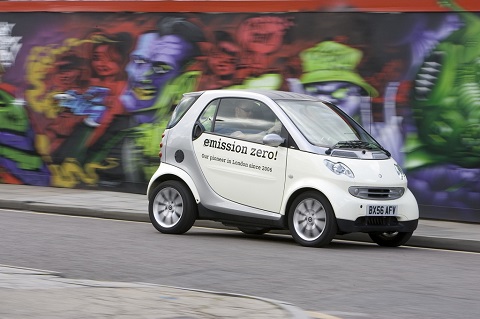
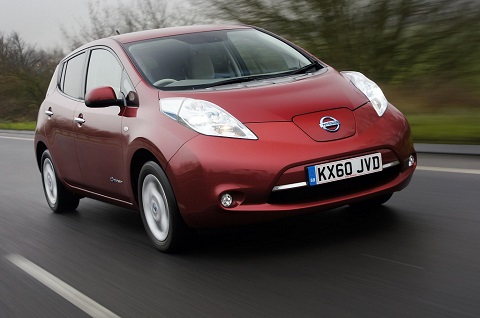 Plump styling received a warm reception
Plump styling received a warm reception 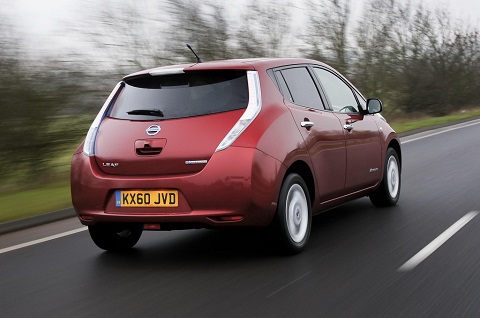 Curvy tail was admired by early-adopters
Curvy tail was admired by early-adopters 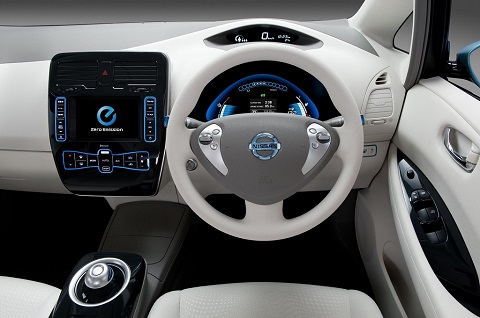 Intelligent interior gave ample information
Intelligent interior gave ample information 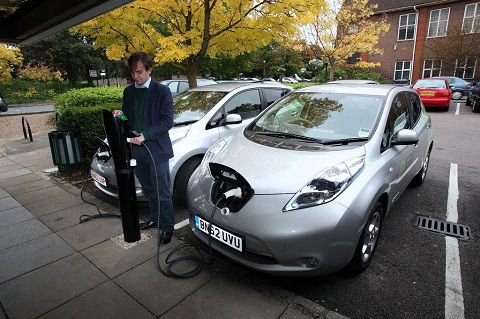 Easy plug-in remains a practical feature
Easy plug-in remains a practical feature 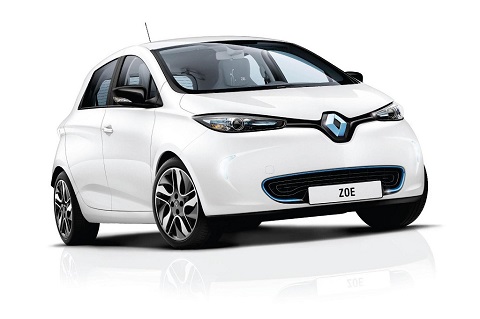 Pretty little Zoe grabbed attention
Pretty little Zoe grabbed attention 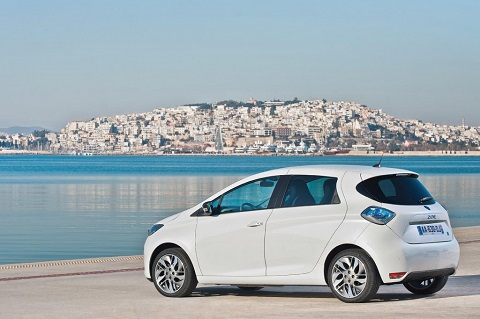 Balanced outline aided Zoe's appeal
Balanced outline aided Zoe's appeal 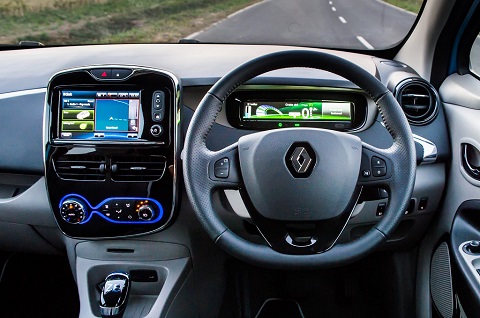 Cheery and colourful interior
Cheery and colourful interior 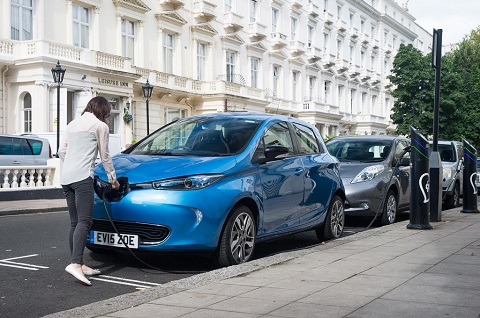 Recharging Zoe was eminently easy
Recharging Zoe was eminently easy 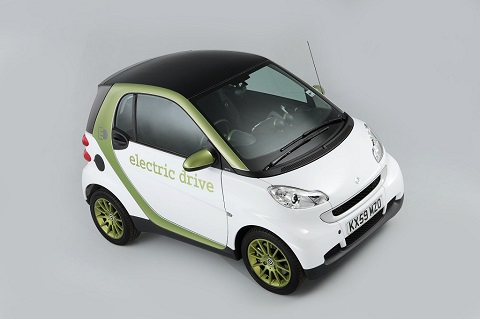 Ultra-compact makes for great city-car
Ultra-compact makes for great city-car 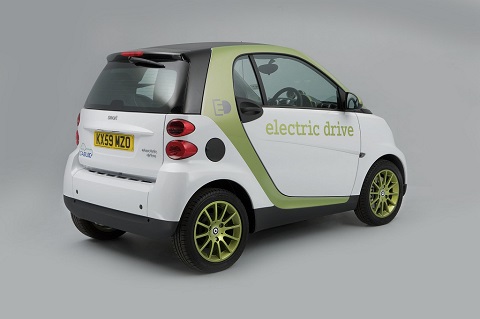 Two seats and a boot are enough
Two seats and a boot are enough 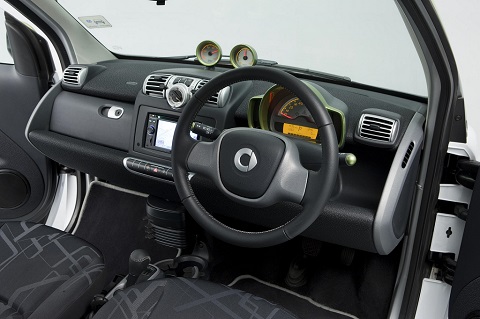 Simple but neat interior
Simple but neat interior 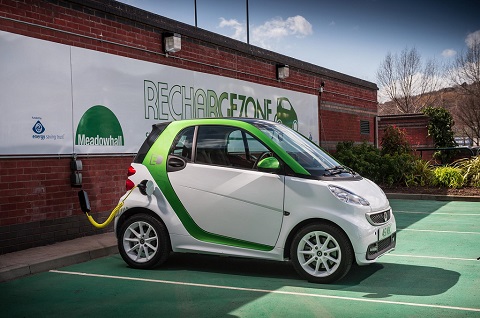 Proprietary recharging was a bonus
Proprietary recharging was a bonus 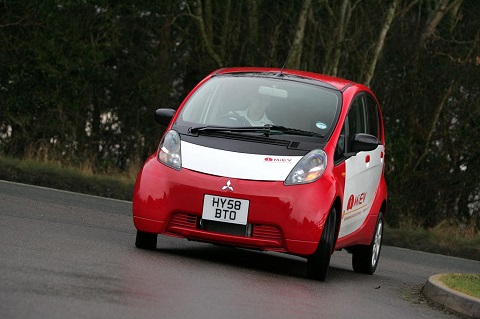 Narrow tracks do not help handling
Narrow tracks do not help handling 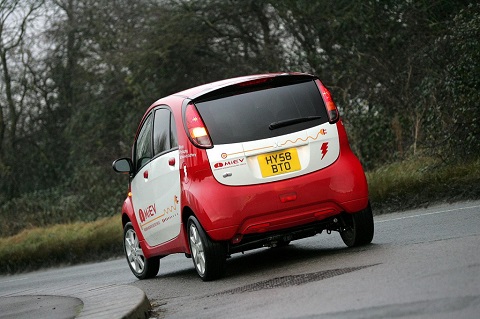 Tall construction benefitted cabin headroom
Tall construction benefitted cabin headroom 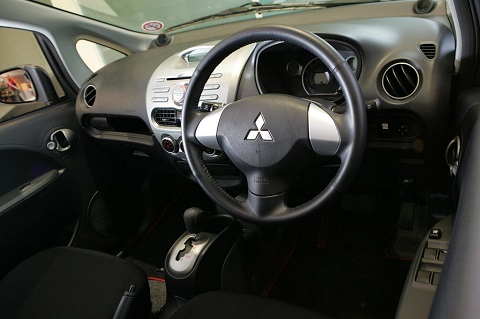 Low-rent interior was not helpful for sales
Low-rent interior was not helpful for sales 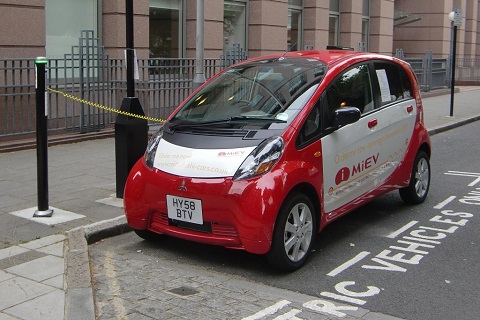 Easy plug-in aided iMIEV's cause
Easy plug-in aided iMIEV's cause 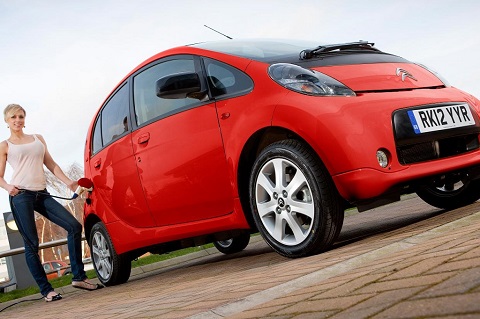 C-Zero was identical to Peugeot iOn
C-Zero was identical to Peugeot iOn 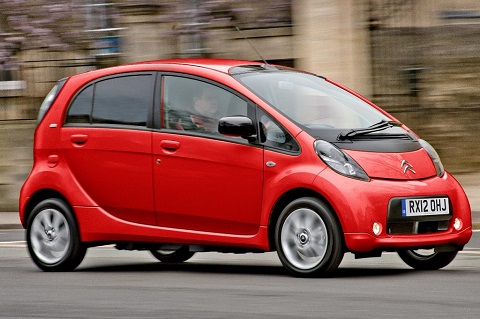 Futuristic outline worked with Citroen's past
Futuristic outline worked with Citroen's past 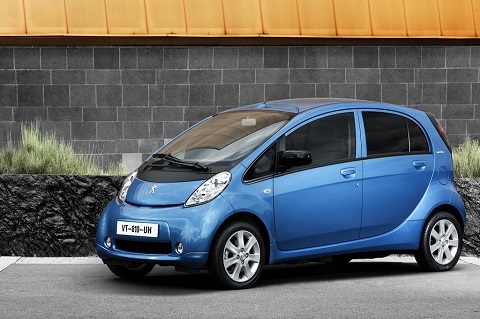 Peugeot badge should have helped UK sales
Peugeot badge should have helped UK sales 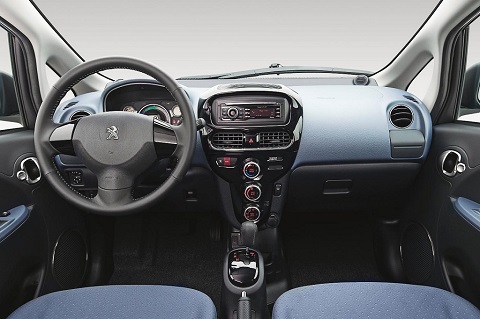 Interior quality was acceptable
Interior quality was acceptable 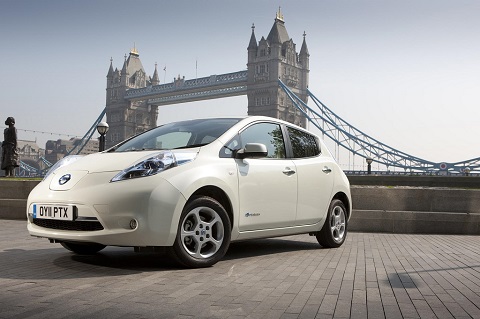

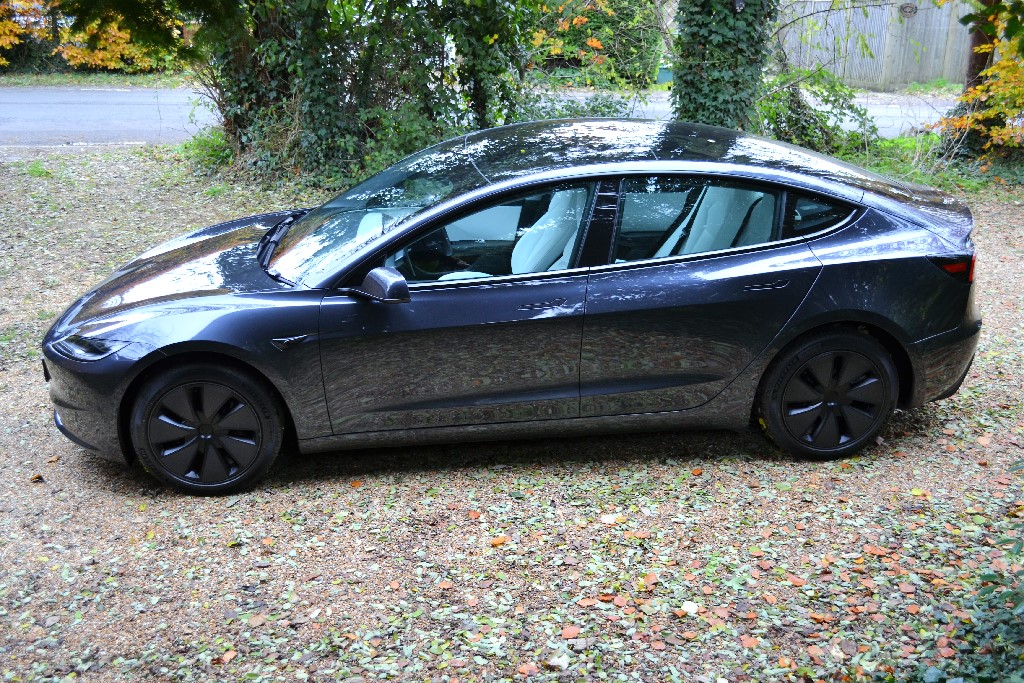
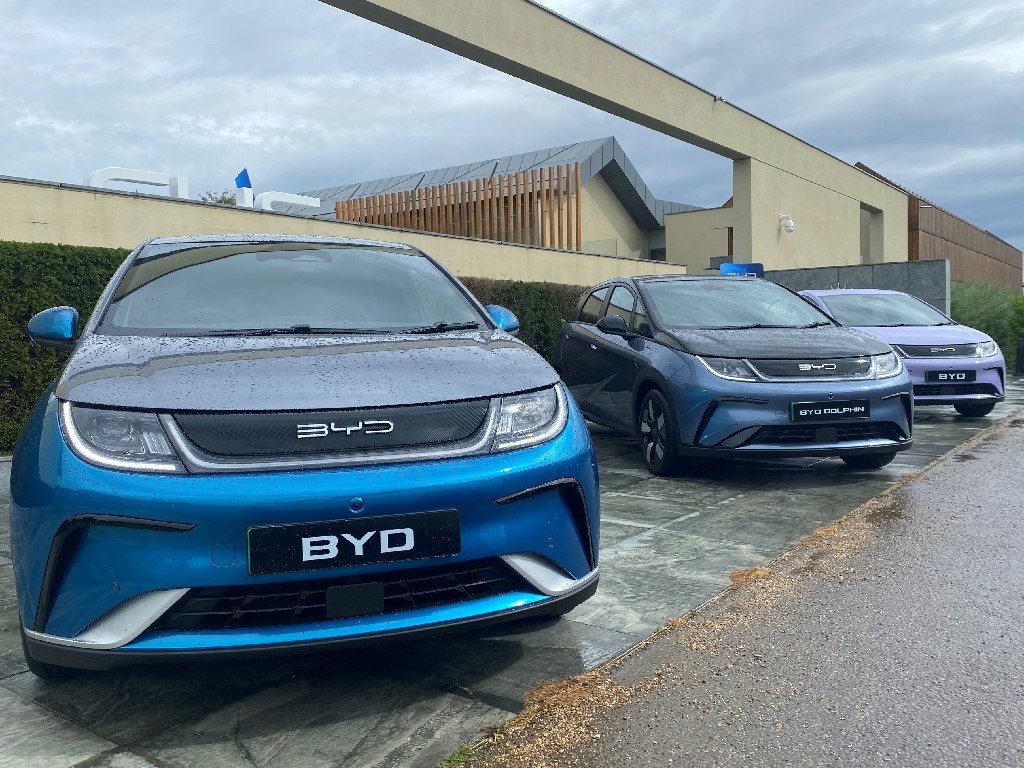
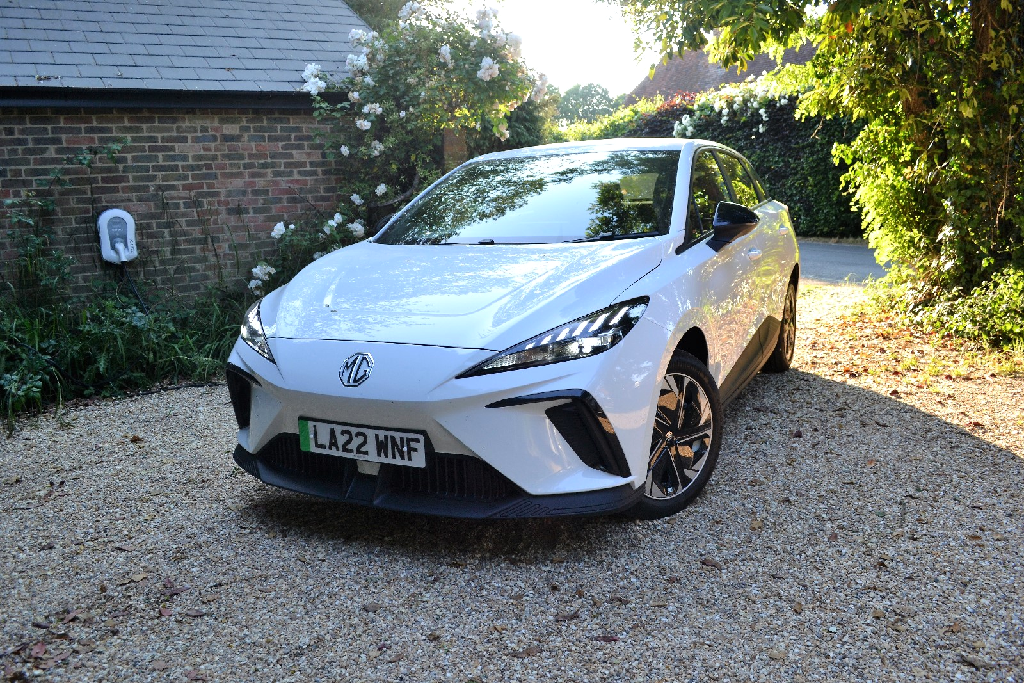
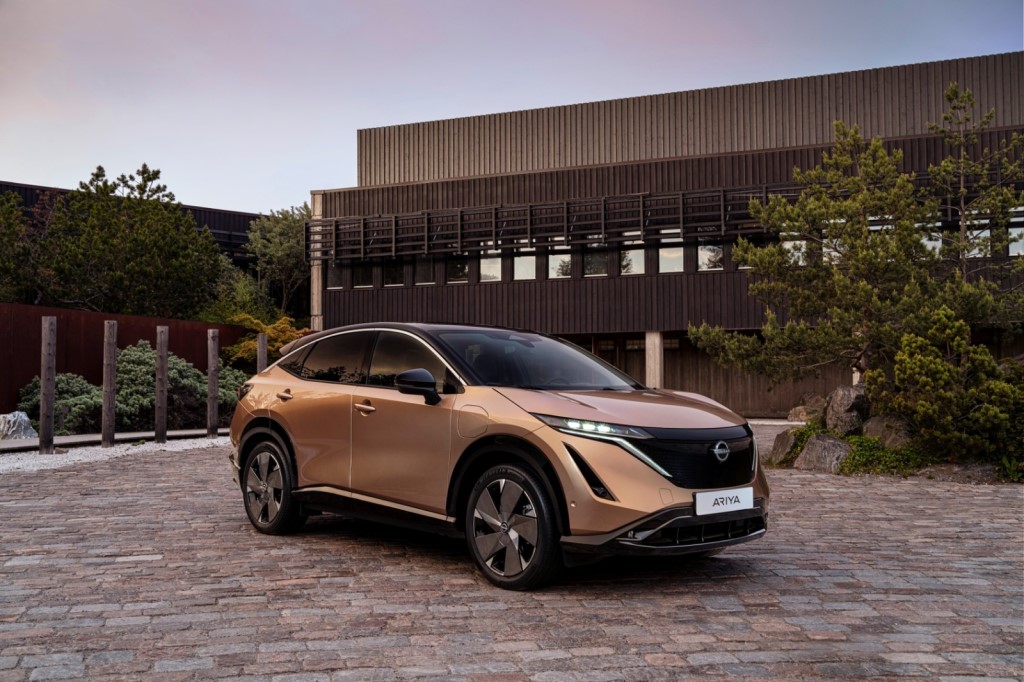
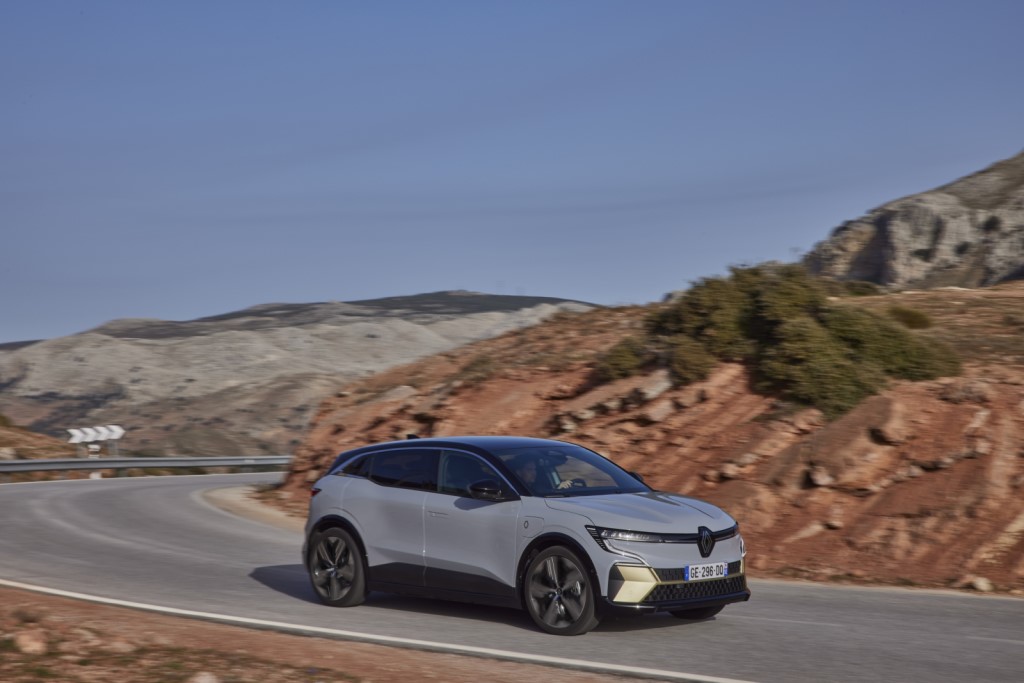
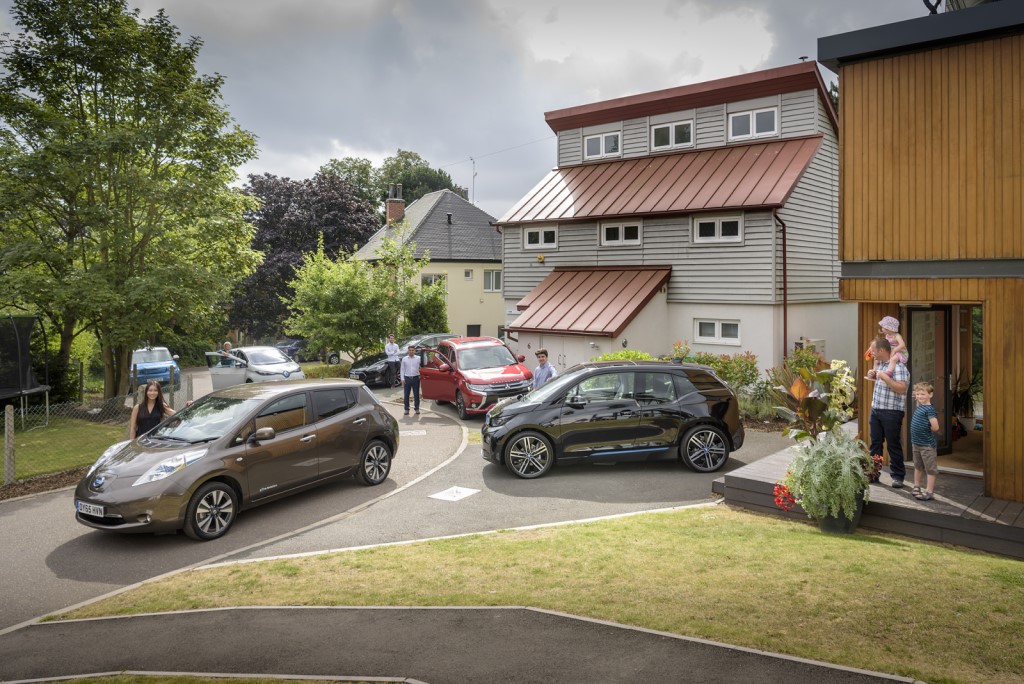

Comments (0)
Be the first to write a comment
Login/ Signup